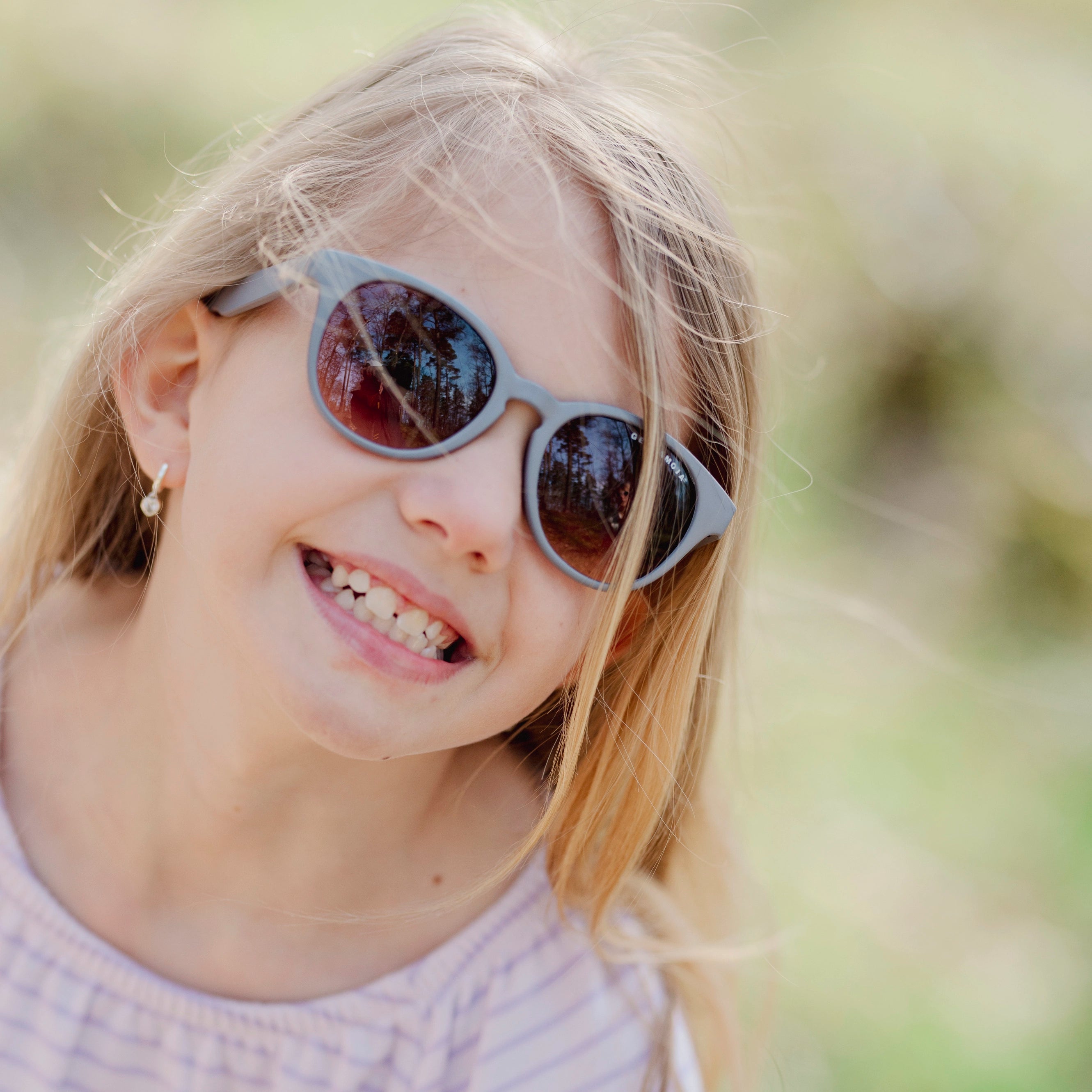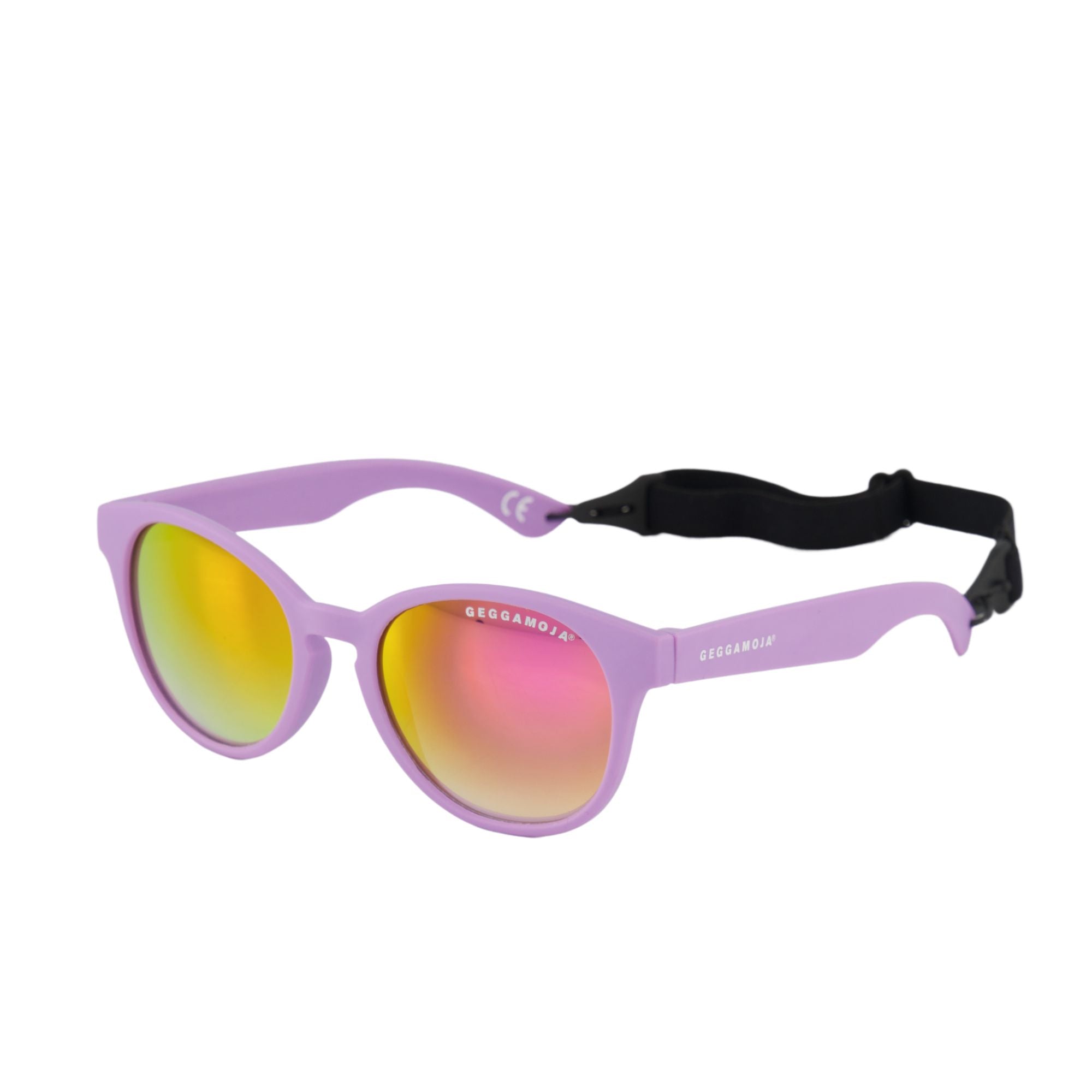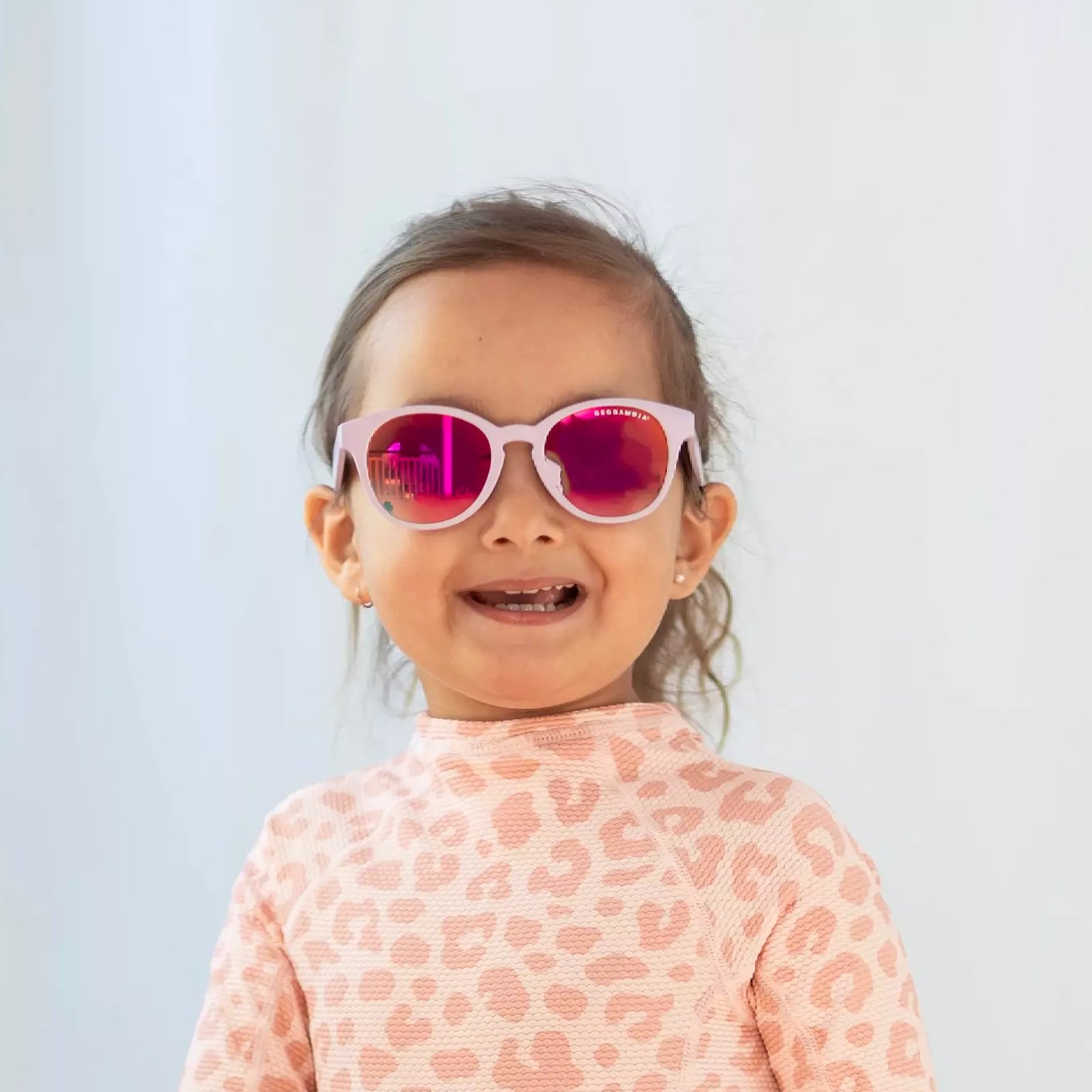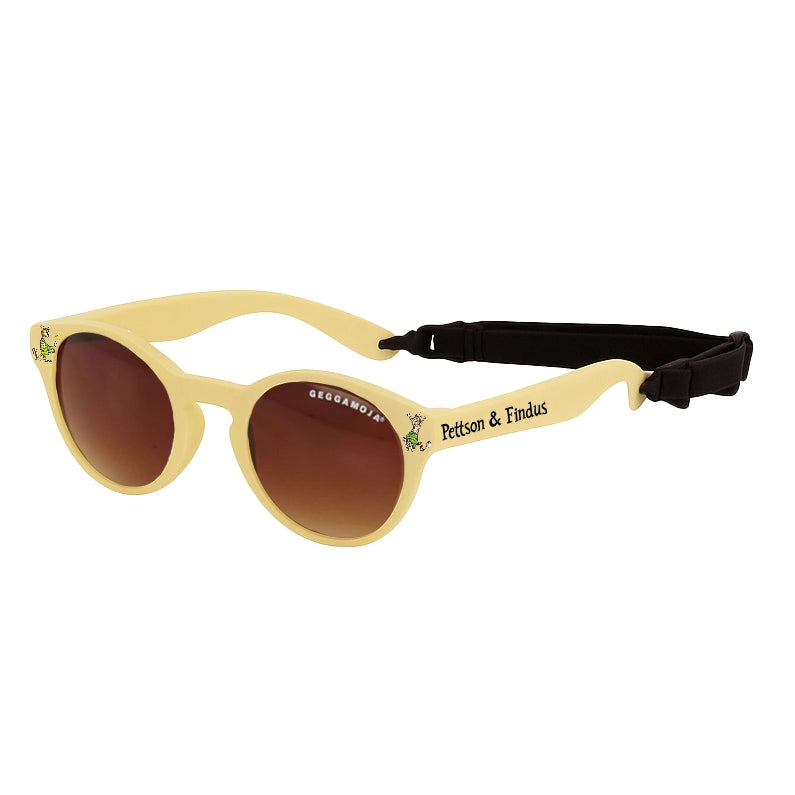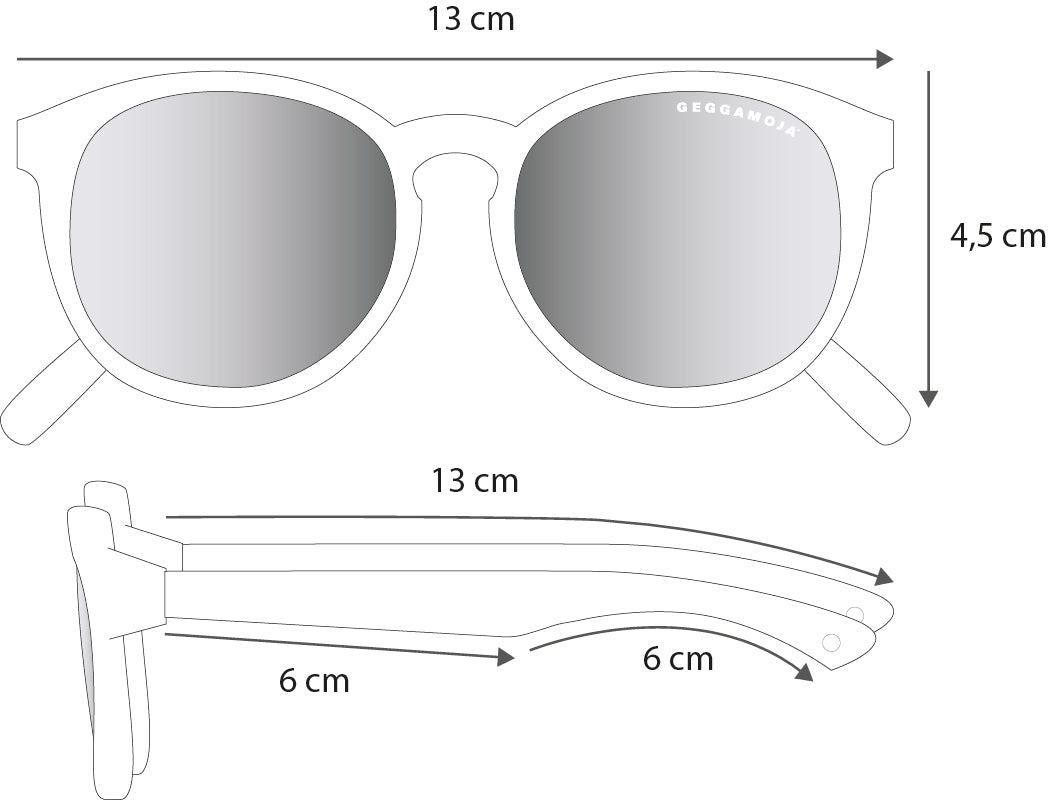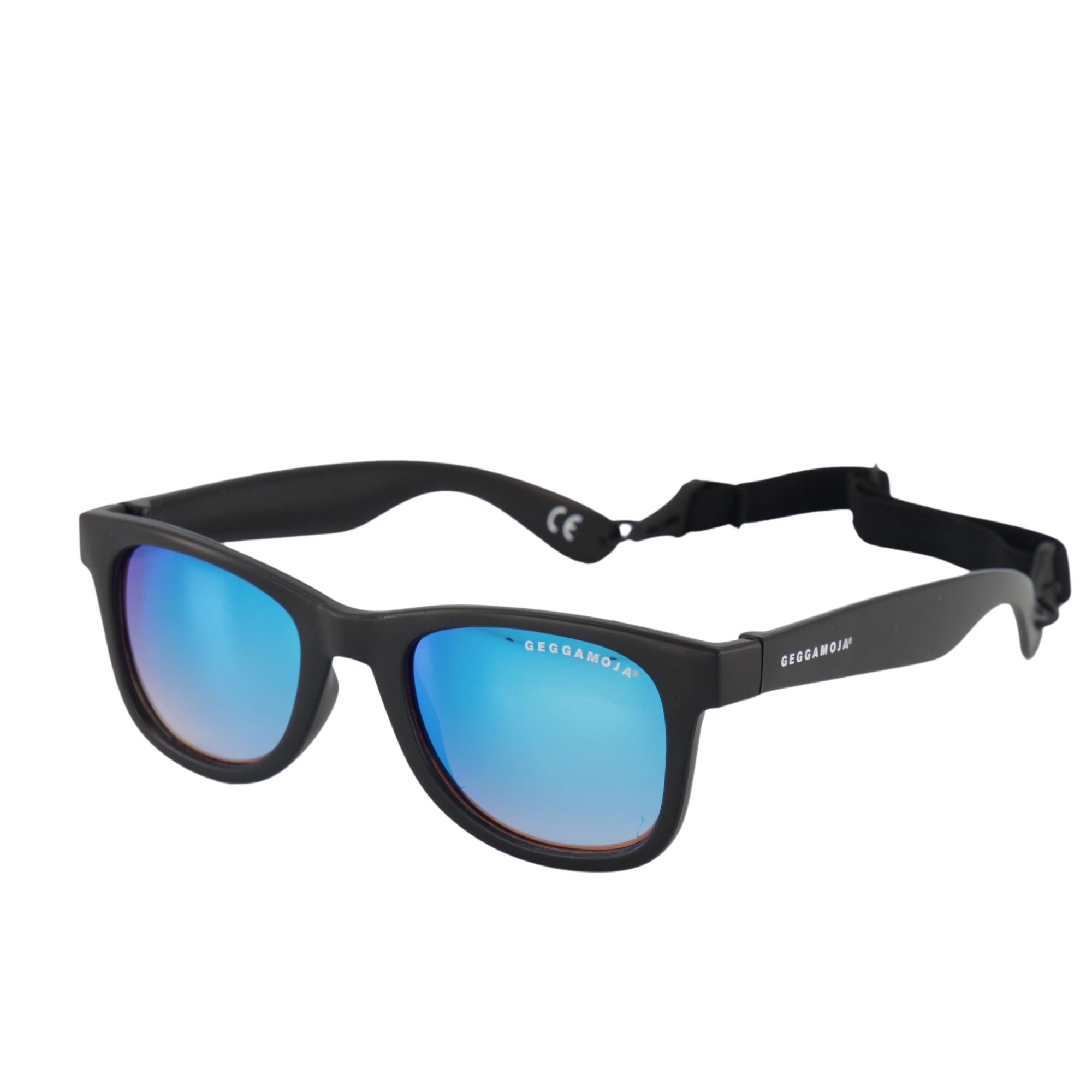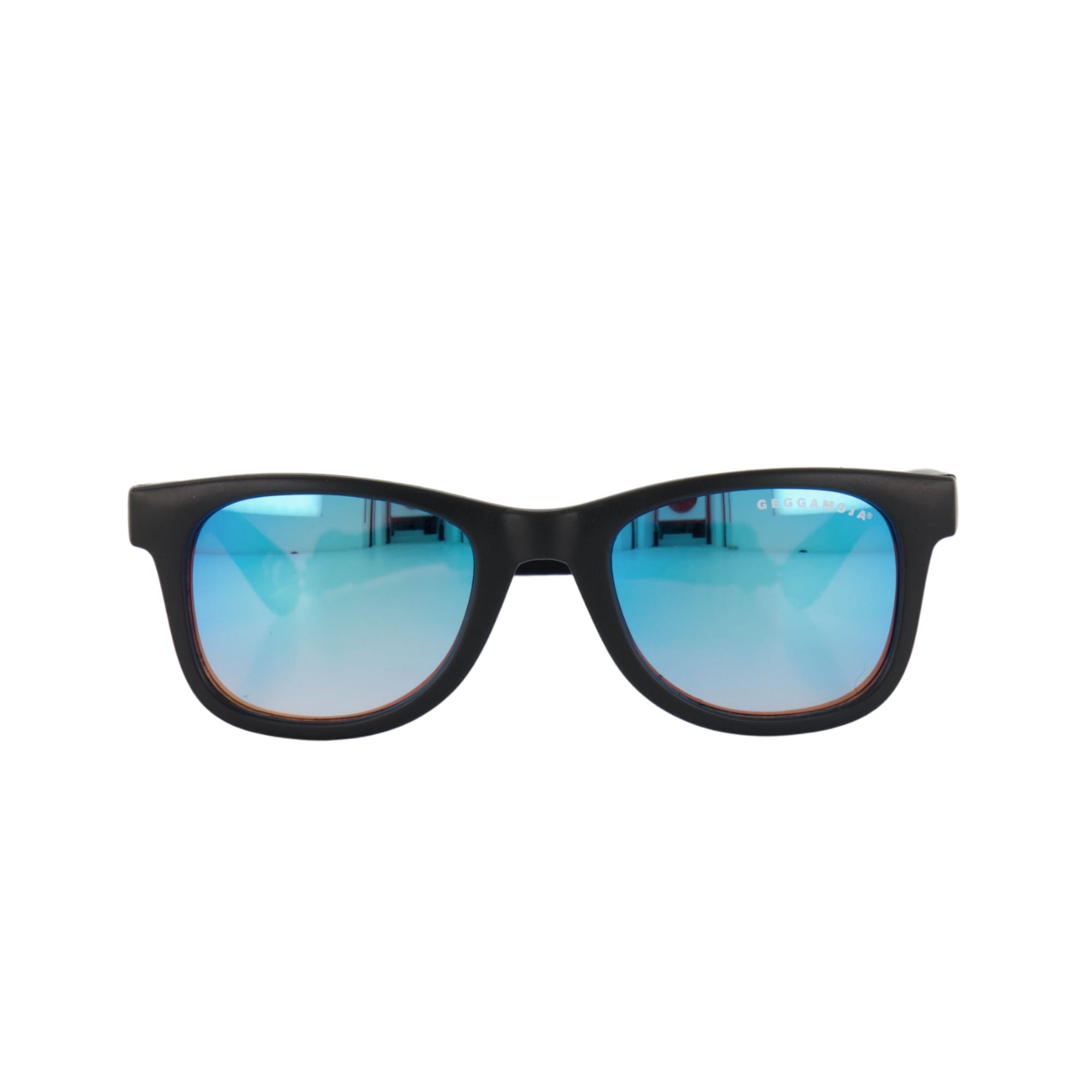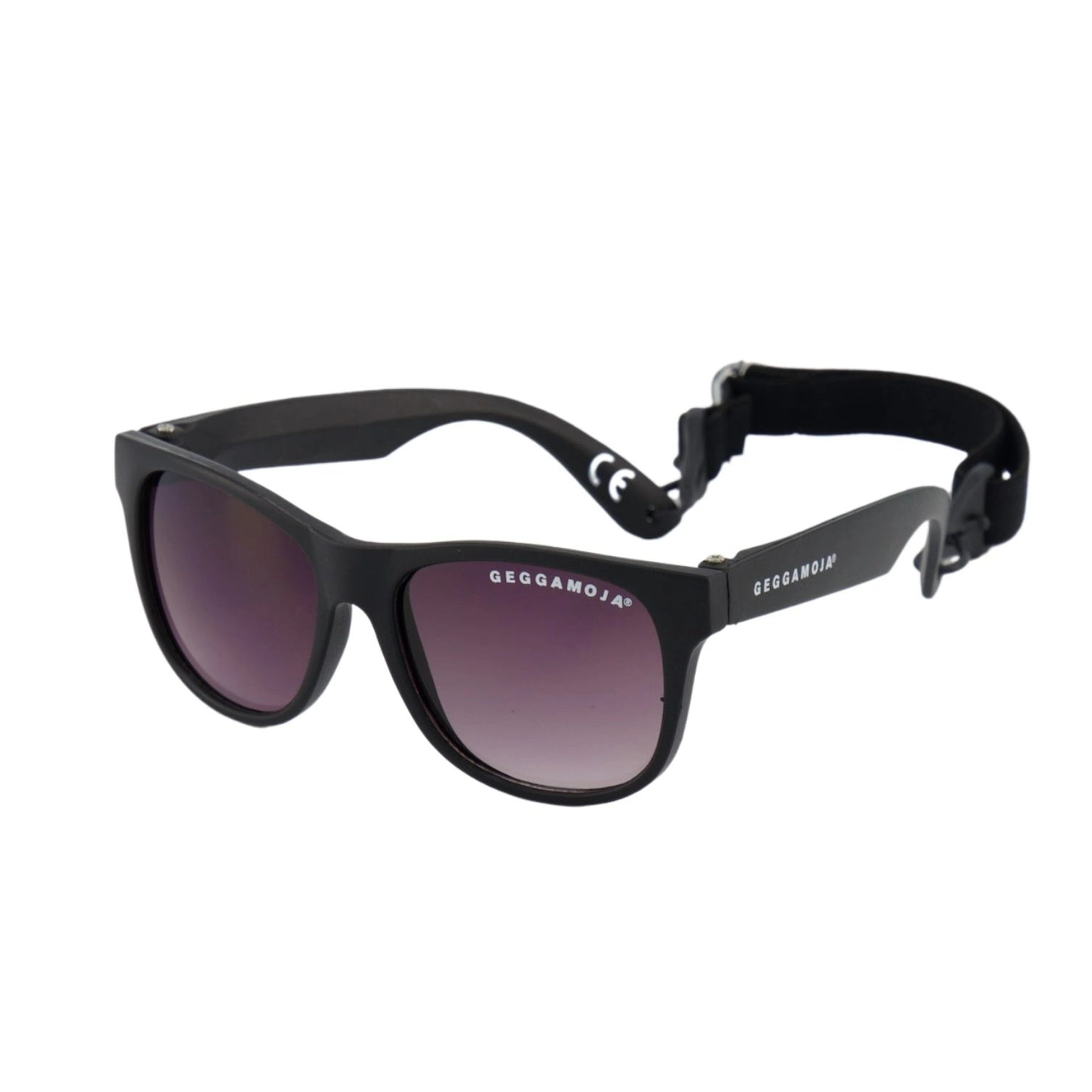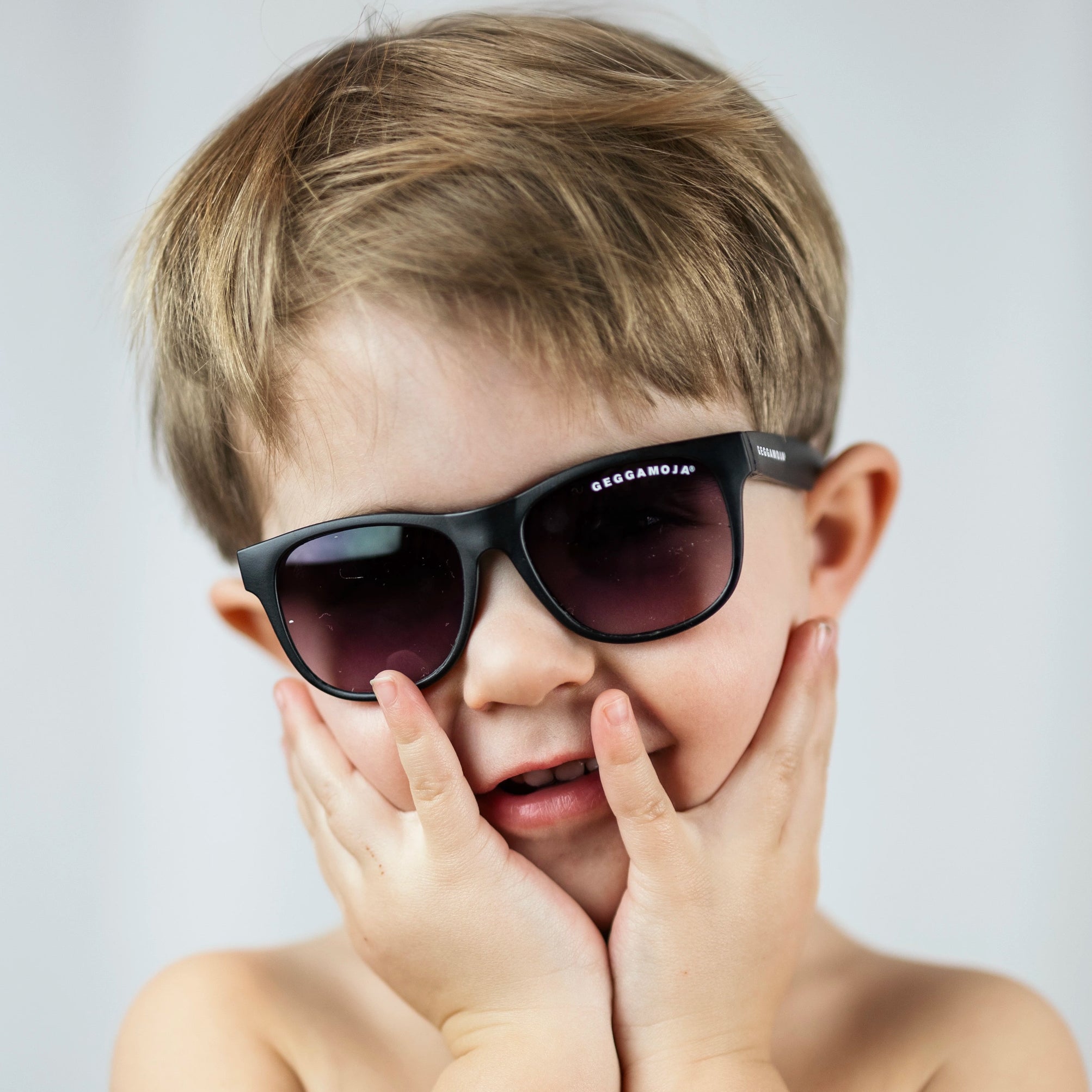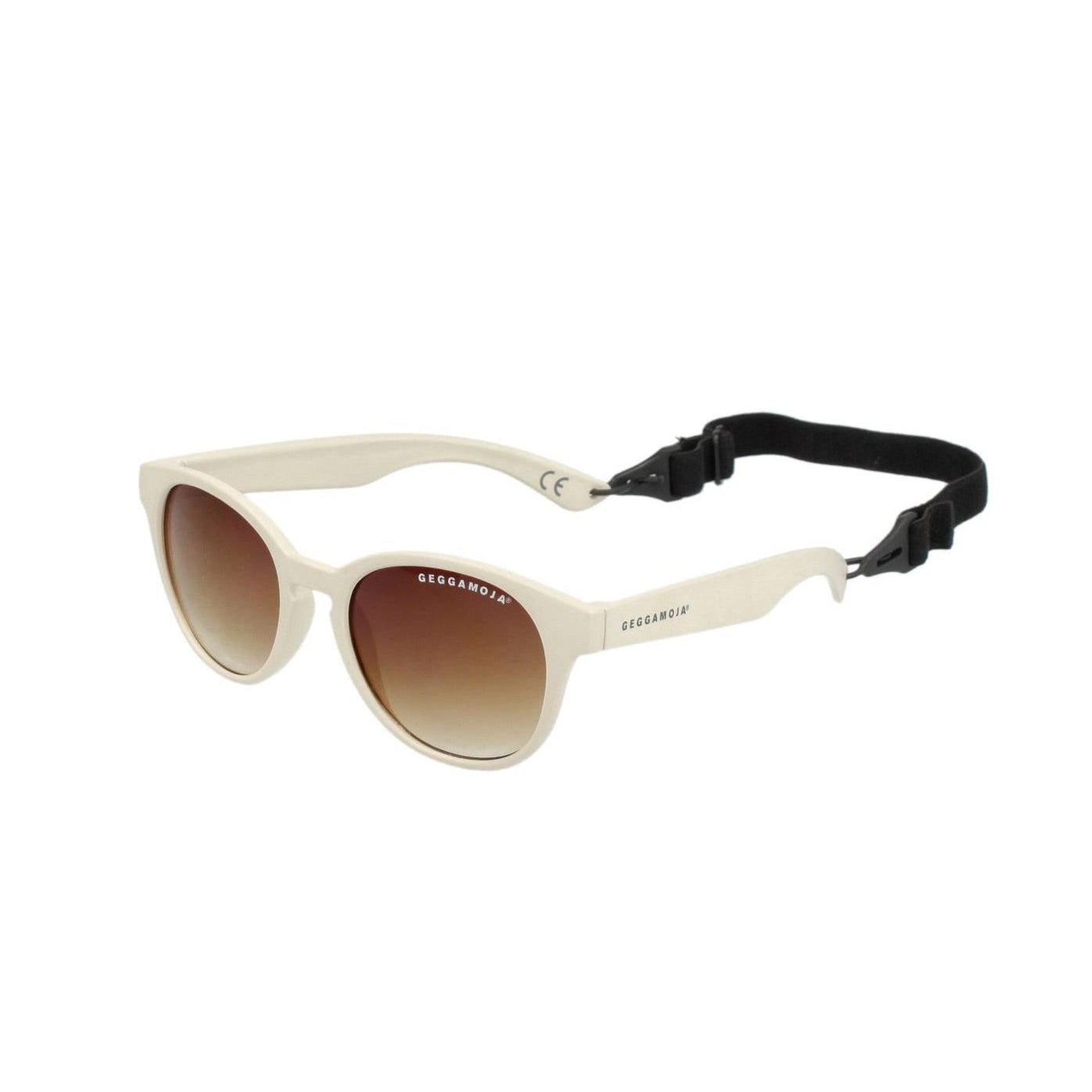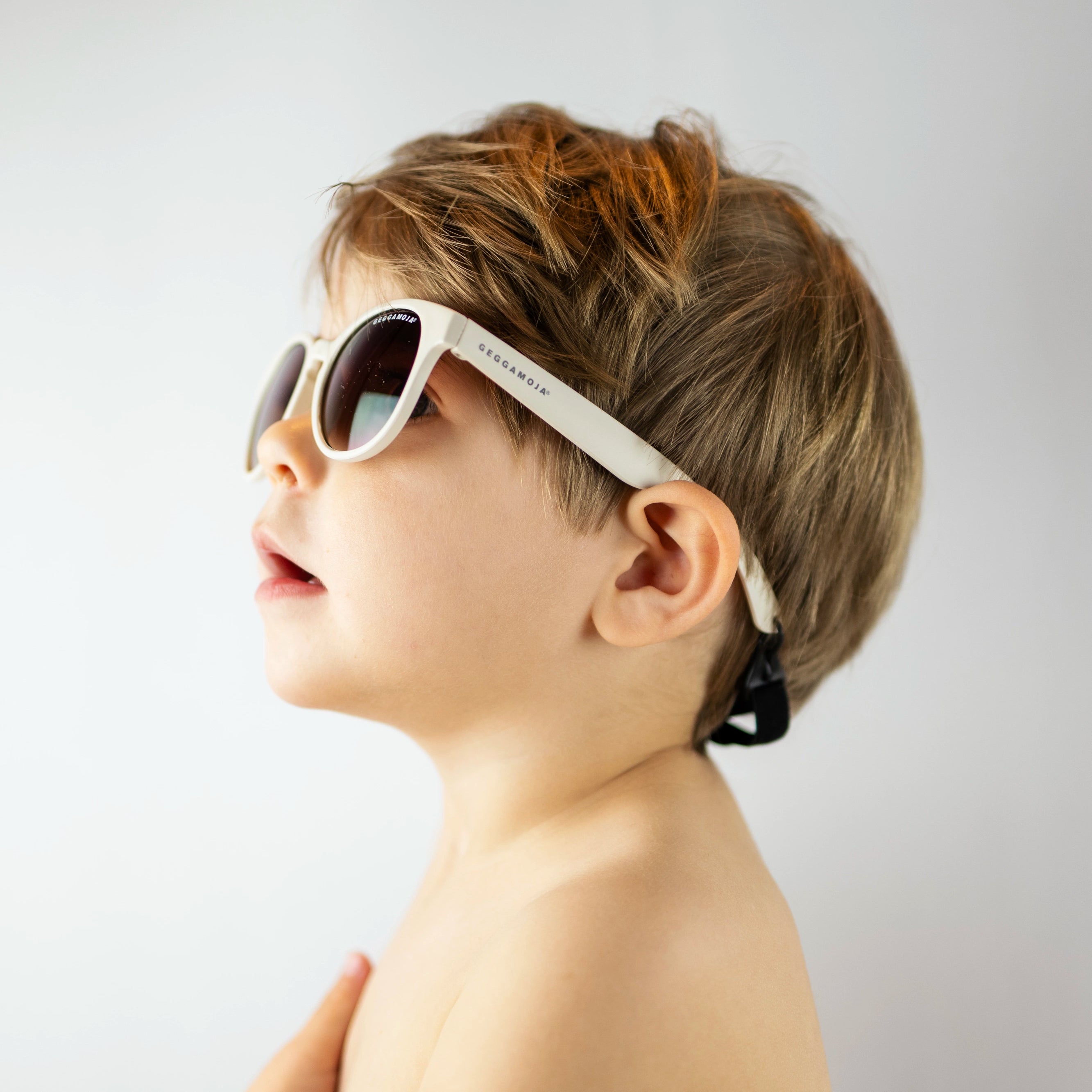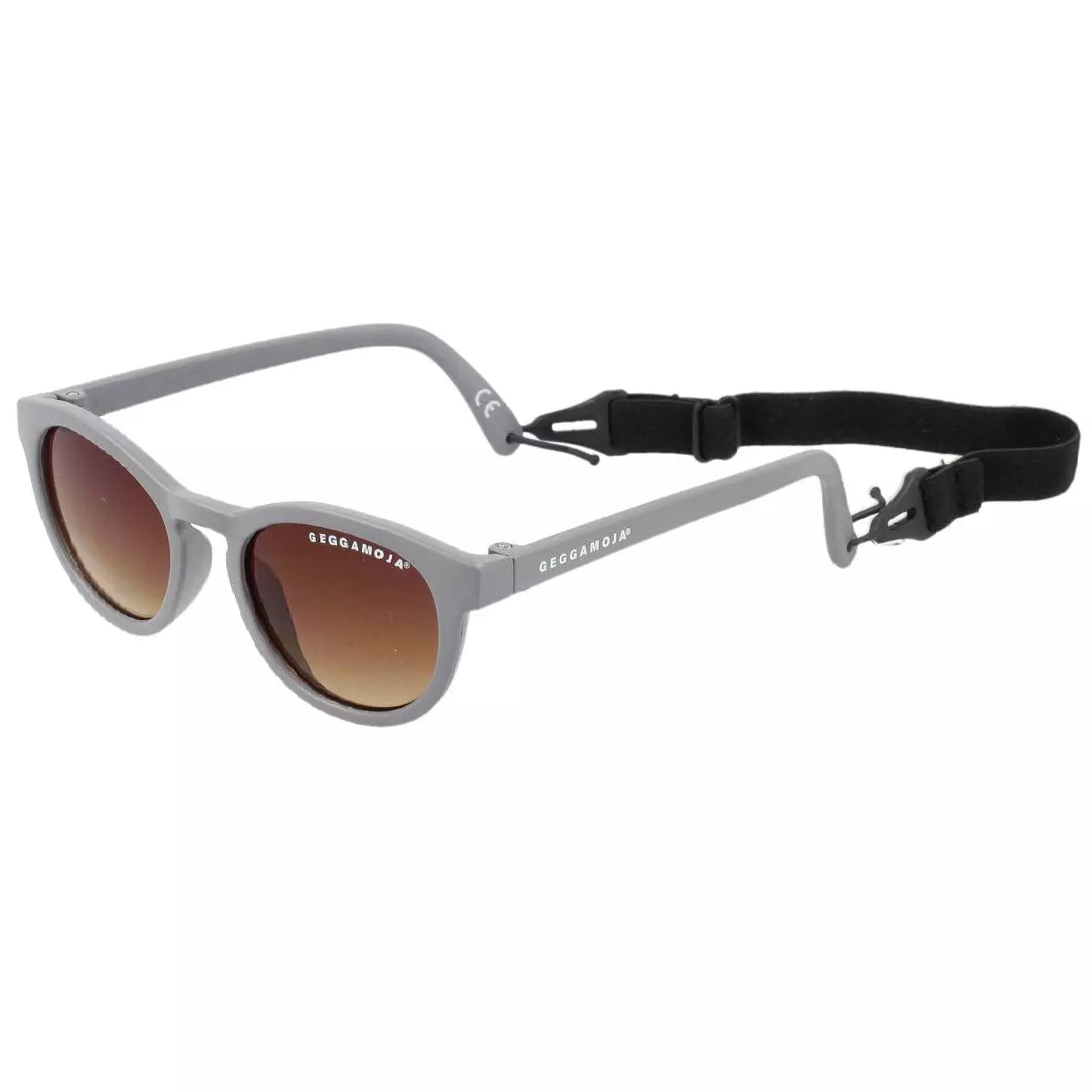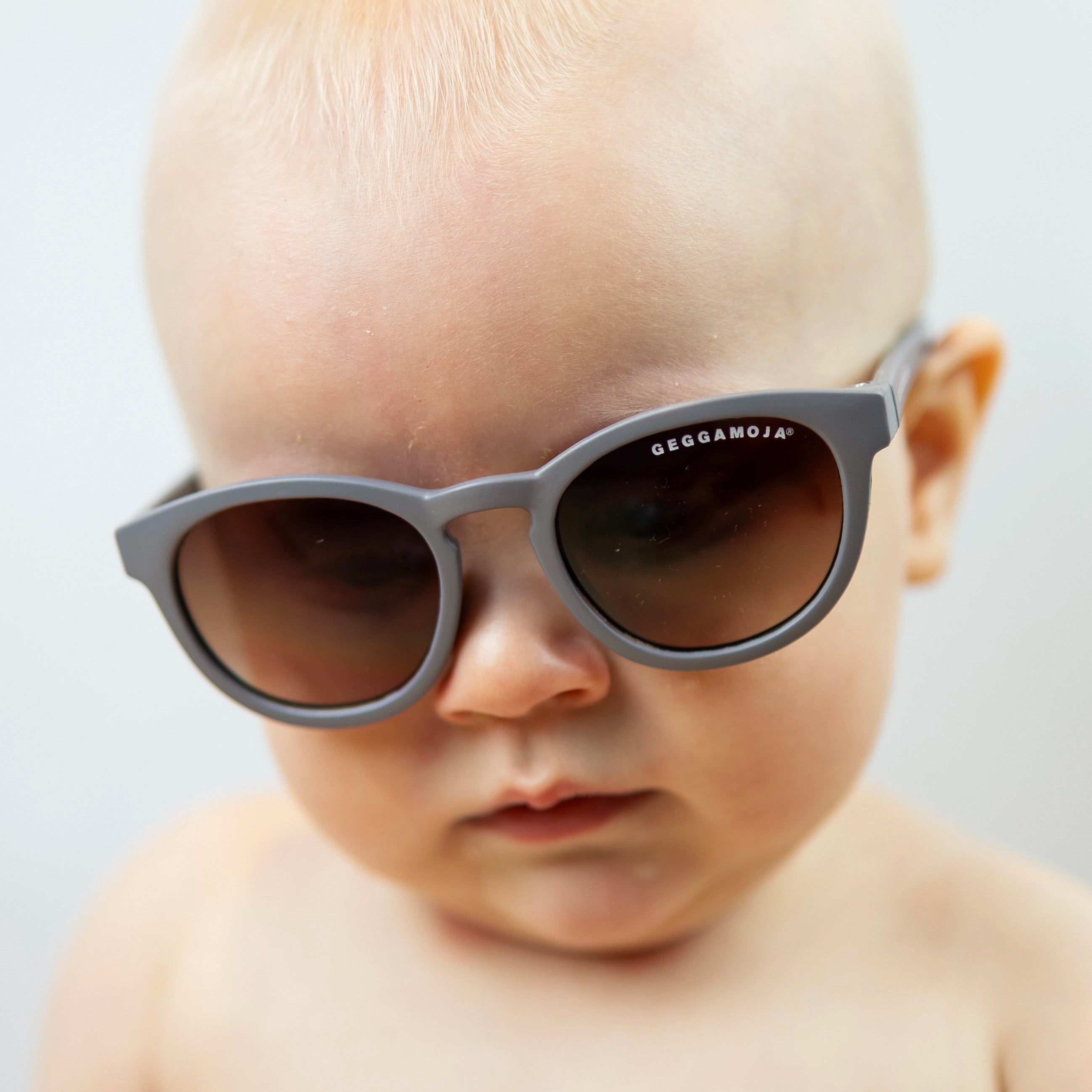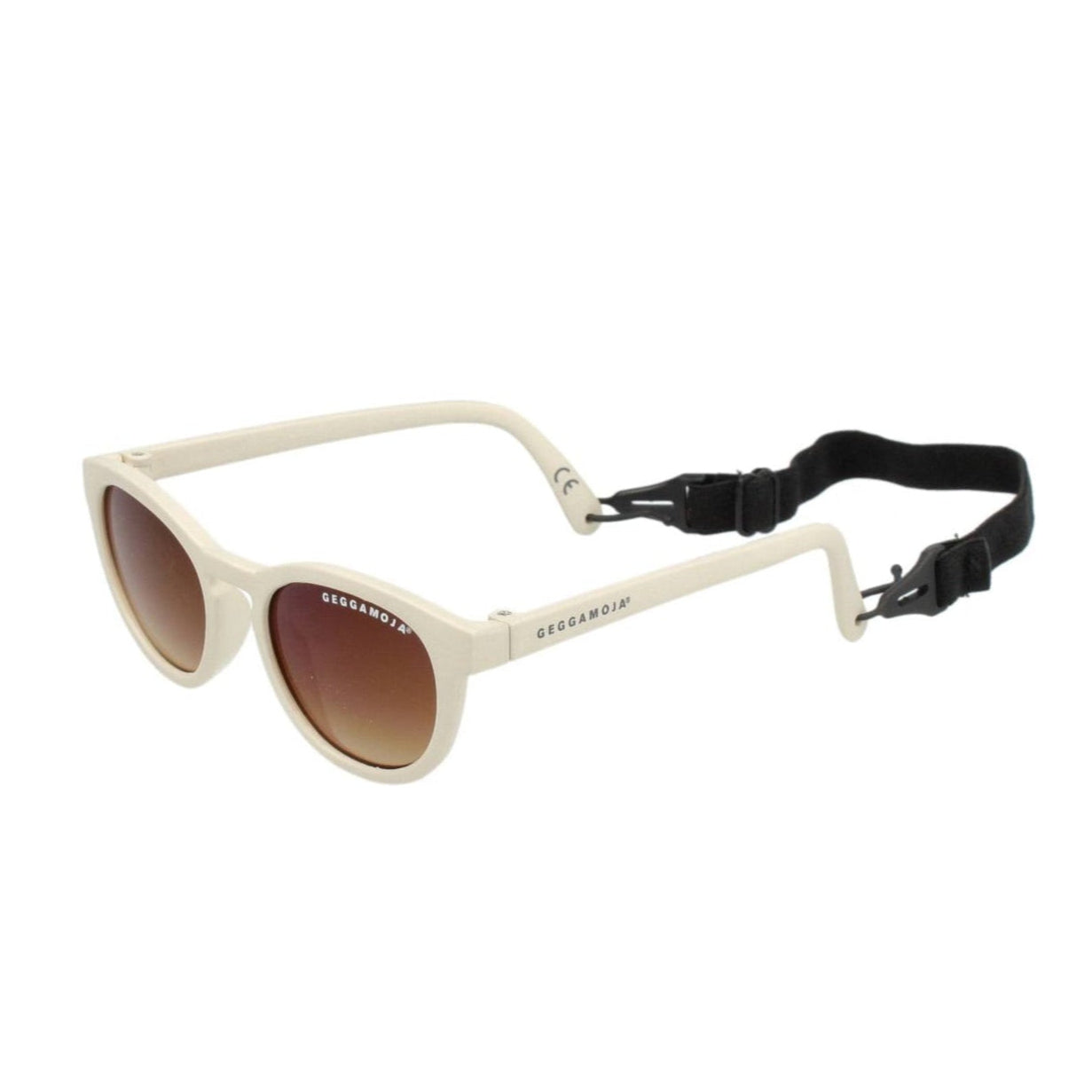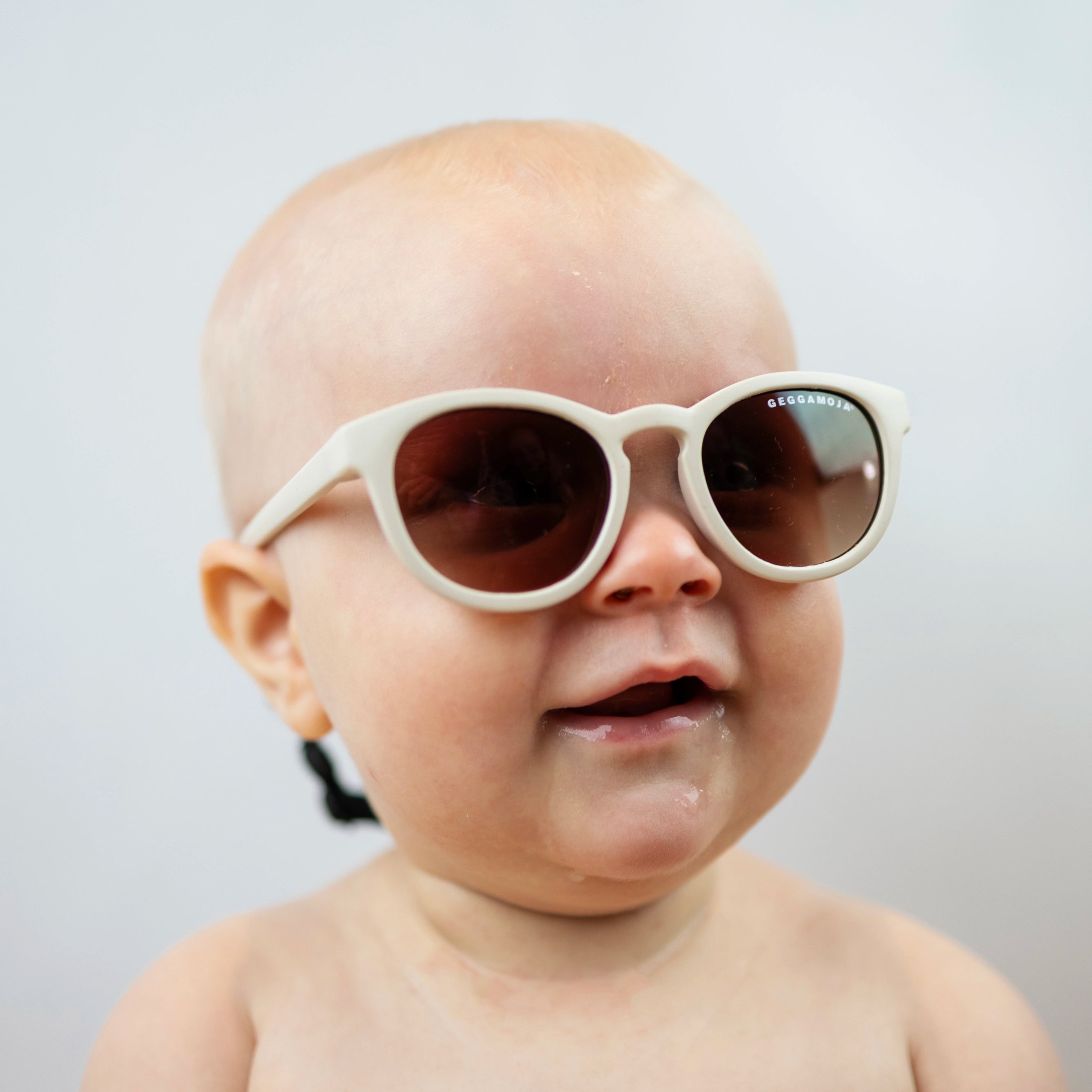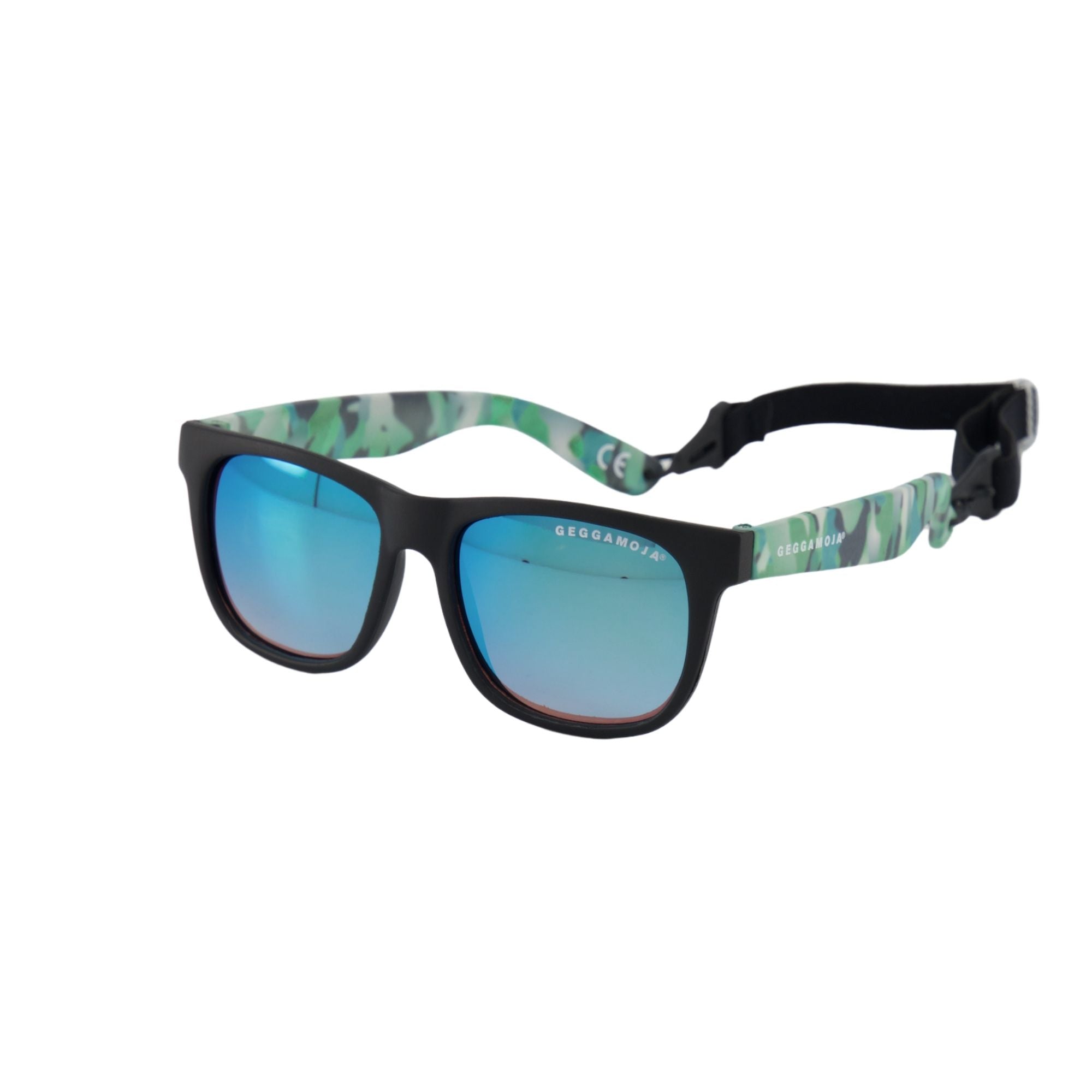Protecting children's eyes from the sun's harmful rays is just as important as protecting the skin.
Our children's sunglasses are designed with safety, comfort, and style in mind.
Here is a guide on what to consider when choosing sunglasses as well as answers to the most common questions.
What should you consider when choosing sunglasses for children?
CE marking and ISO 12312-1:2013 (A1:2015) Make sure the sunglasses are marked with CE and meet the requirements of ISO 12312-1:2013 (A1:2015). This marking guarantees that the product is safe and complies with the EU's health and environmental regulations.
UV400 protection for maximum sun protection Choose sunglasses with UV400 protection, which means they block 100% of harmful UVA and UVB rays. Children's eyes are especially sensitive to UV radiation, so this protection is crucial.
BPA-free materials Children's health always comes first! Make sure the sunglasses are made from BPA-free materials to avoid harmful chemicals that can affect both health and the environment.
Fit and comfort A good fit is important for both comfort and safety. The sunglasses should sit firmly without pinching. Adjustable straps can be a good option for younger children.
Style and design that kids love Sunglasses should not only protect, they should also be fun to wear! Choose from neutral colors that match any outfit or let the child pick a pair of colorful sunglasses that become a fun accessory.


